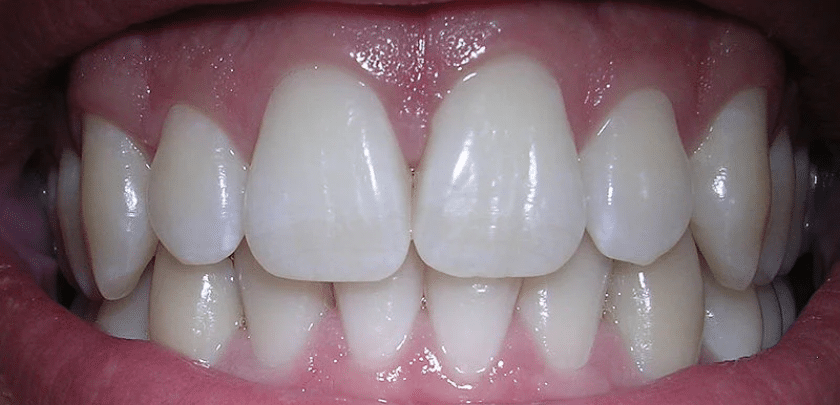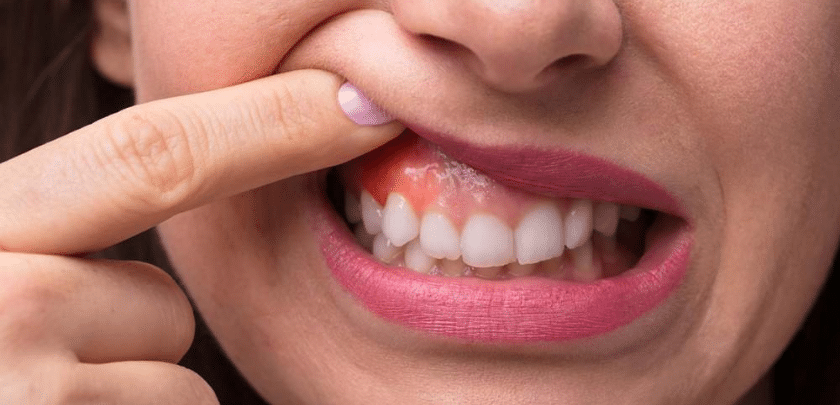
Emergency dental pain can be a distressing experience, often striking unexpectedly and disrupting daily routines. Whether it’s a sudden throbbing sensation or a sharp, stabbing pain, dental emergencies demand immediate attention. Understanding the underlying causes of such pain is crucial not only for prompt treatment but also for prevention. In this comprehensive guide, we delve deep into the various factors that can lead to emergency dental pain, shedding light on preventive measures and treatment options.
- Dental Trauma: Dental trauma is one of the primary reasons for emergency dental visits. Accidents, falls, or sports injuries can cause fractures, chips, or even knock out teeth. The sudden impact can damage the tooth structure, exposing the sensitive pulp tissue and nerves, leading to excruciating pain. Prompt evaluation and treatment by a dentist are essential to address the trauma and prevent further complications.
- Tooth Decay and Cavities: Tooth decay, commonly known as cavities, is a prevalent dental problem that can escalate into a dental emergency if left untreated. Bacteria in the mouth produce acids that erode the tooth enamel, creating cavities. As the decay progresses deeper into the tooth, it can reach the nerves, causing intense pain. Poor oral hygiene, sugary diets, and inadequate dental care contribute to the development of cavities, emphasizing the importance of regular dental check-ups and preventive measures like brushing and flossing.
- Dental Abscess: Dental abscesses are localized infections that occur at the root of the tooth or between the tooth and the gum. They often result from untreated tooth decay, gum disease, or dental trauma. The accumulation of bacteria, pus, and debris leads to swelling, inflammation, and severe pain. In some cases, the infection can spread to surrounding tissues or even enter the bloodstream, posing serious health risks. Drainage of the abscess and antibiotic therapy are typically necessary to alleviate the pain and resolve the infection.
- Gum Disease: Gum disease, or periodontal disease, is a chronic inflammatory condition that affects the gums and supporting structures of the teeth. It begins with the accumulation of plaque, a sticky film of bacteria, on the gumline. Without proper oral hygiene and professional dental care, plaque hardens into tartar, leading to gum irritation, swelling, and eventual recession. Advanced stages of gum disease can cause gum abscesses, gum recession, and tooth loss, accompanied by persistent pain and discomfort. Early detection and intervention are crucial in managing gum disease and preventing dental emergencies.
- Impacted Wisdom Teeth: Wisdom teeth, also known as third molars, typically emerge in late adolescence or early adulthood. However, due to limited space or misalignment, they may become impacted, meaning they cannot fully erupt through the gumline. Impacted wisdom teeth can cause pain, swelling, and infection in the surrounding gums and jawbone. The pressure from the impacted tooth can also affect neighboring teeth, leading to crowding or damage. Extraction of impacted wisdom teeth is often necessary to alleviate pain and prevent complications.
- Dental Procedures: While dental procedures are intended to improve oral health, they can sometimes cause temporary or prolonged discomfort. Procedures such as root canals, fillings, and tooth extractions may result in post-operative pain or sensitivity. However, severe or persistent pain following a dental procedure could indicate complications such as infection or nerve damage, warranting immediate attention from a dentist.
- Temporomandibular Joint (TMJ) Disorders: The temporomandibular joint (TMJ) connects the jawbone to the skull and facilitates jaw movement. TMJ disorders encompass a range of conditions that affect the jaw joint and surrounding muscles, often causing pain, stiffness, and clicking or popping sounds. Factors such as bruxism (teeth grinding), jaw misalignment, stress, or arthritis can contribute to TMJ dysfunction. Managing TMJ disorders may involve lifestyle modifications, oral appliances, physical therapy, or in severe cases, surgical intervention.
Emergency dental pain can stem from a myriad of causes, each necessitating prompt diagnosis and treatment. Whether it’s trauma, decay, infection, or underlying oral health issues, addressing the root cause is essential for alleviating pain and preserving oral function. Practicing good oral hygiene, attending regular dental check-ups, and seeking immediate care for dental emergencies are vital steps in maintaining optimal dental health. By understanding the causes of emergency dental pain and adopting preventive measures, individuals can safeguard their smiles and minimize the risk of painful dental emergencies


